Through a winding history of competing interests in Dinkytown, major student housing developments have shifted the University-area landscape to what it is today.
The redevelopment and construction of three major student housing buildings since 2010 have inspired local activism and a breadth of historic research, leaving today’s Dinkytown at a crossroads to create a vision for the future.
Sydney Hall, Venue at Dinkytown and The Marshall brought a combined total of 582 luxury units to the area in the early 2010s. Since then, the City has designated protections against demolition and broad renovations due to the neighborhood’s historic significance.
Results from a public survey about Dinkytown are currently being compiled with the aim of creating a road map for the neighborhood’s future.
Kristen Eide-Tollefson, project manager of neighborhood organization Preserve Historic Dinkytown and co-owner of The Book House on 4th Street, said many local groups want to pursue business diversity in the area, although the survey is still awaiting feedback.
“[Student housing] changed the visceral landscape of Dinkytown, which affected alumni greatly,” Eide-Tollefson said. “One of [our customers] said, ‘You can’t see the horizon anymore across Dinkytown.’”

A shift toward modern student housing developments sets precedence
The annual housing need for a constantly-changing student population draws intrigue from business owners and developers, spurring an influx of new luxury student housing.
The redevelopment of Sydney Hall, connected to the historic Dinkydome, offered the first batch of luxury student housing units neighboring the four-block square of Dinkytown’s business district in 2010.
Later, Venue was the first student housing complex added to the core blocks of Dinkytown’s business district, eliciting the 2013 Save Dinkytown Coalition campaign against concerns of large-scale developments imposing on the business district.
With the construction of the apartments, Dinkytown, which was historically made up of one and two-story buildings, saw its first six-story buildings developed into the core of the neighborhood.
“The key driver [for developing the Venue] was about adding walkable high-quality residential experiences for students,” said Matt Rauenhorst, vice president of Opus Development Company, developer of Venue.
The Sydney Hall redevelopment displaced a food court and approximately 21 other business, Eide-Tollefson said.
Similar to Sydney’s development, Venue at Dinkytown brought 140 units of luxury housing to the area.
“We believe it was a good fit into the fabric of Dinkytown,” Rauenhorst said. “It offered a densification of an urban neighborhood … that was in line with the goals of the City of Minneapolis.”
He said the team modified plans for the development to remain consistent with the commercial spaces Venue replaced, which were older buildings and a parking lot.
Matt Hawbaker, co-owner of The Book House and key organizer of the Save Dinkytown campaign, said Venue set a precedent for the area.
He said the City permitted Venue to bypass the area’s master plan, allowing large-scale buildings into the heart of Dinkytown.
Melissa Bean, former executive director of Marcy-Holmes Neighborhood Association, said the housing developments were inevitable.
“There was a lot of low-quality student housing in the neighborhood, really sort of rundown and very expensive,” she said. “So, I think the thought was that … safer student housing, well-lit student housing that adhered to fire codes … would be a good thing for the neighborhood.”
The Marshall and historic preservation
Plans for The Marshall were underway between 2012 and 2014, replacing a former high school that later housed approximately 100 small businesses.
Projected at $56 million in 2013, The Marshall provided 317 units of luxury student housing to Dinkytown and was the largest 2013 construction project citywide.
“The neighborhood was poised and ready for this, I think,” Bean said. “Sometimes change is good.”

The high school building housed the University Technology Enterprise Center, a space that supported and housed growing small businesses.
“We were a dynamic and deeply involved part of the community,” said Barry Bosold, who was the chief operating officer and facility manager of UTEC more than 12 years.
“Not only was it a very lively business incubator, but it had in it clusters of really important organizations and businesses,” Eide-Tollefson said, referring to a wide variety of nonprofits and other small companies.
During this boom, the City denied a 2014 proposal to replace the building which houses Mesa Pizza and Camdi with another six-story, mixed-used apartment.
This denial prompted deeper engagement regarding historic preservation and in July 2015, the City designated Dinkytown a historic district. The designation protected the area from broad demolition and renovations.
Present-day Dinky
While many longtime Dinkytown community members are ambivalent toward the changes, some current students say they feel a sense of community and innovation that’s unique to the area.
Longtime business owner in Dinkytown and Dinkytown Business Alliance board member Irv Hershkovitz said he expected the influx of student housing to add business in Dinkytown, but he and others say business has declined.
“We did more business before all this change,” Hershkovitz said.
Hershkovitz and Hawbaker said they think diversity in business has also declined in recent years. Hawbaker said the area has crept away from a diverse business node into a service district primarily targeted toward the University population — an expected shift expedited by the large-scale developments.

Lena Norrman, a senior lecturer in Scandinavian languages at the University who has lived in Dinkytown for about 14 years, said student life is vibrant in the neighborhood, but the older population is mostly gone.
“[I appreciate] the old [businesses], where they really work on the sense of community and the sense of belonging,” Norrman said. “It’s special to be in Dinkytown.”
Nora Van Aartsen, a former University student who works in Dinkytown, said she thinks fellowship is strong among Dinkytown businesses.
“Everybody on these blocks knows each other, all of the businesses know and talk to each other,” Van Aartsen said. “It feels like it’s like a big bustling area because there’s so many students, but I also feel like it’s kind of like a really intricate community too.”
Madison Amland, a third-year University student studying journalism, lives in Dinkytown and said the large-scale complexes bring more students to the neighborhood than small apartments and houses.
“There’s something for like everyone pretty much in Dinky,” Amland said. “I feel like [the large student apartments bring] in a lot more students than just like the houses and the small apartment buildings.”
Van Aartsen said business at Gina + Will, a student-focused resale shop where she works, depends on the major student presence in Dinkytown.
Eide-Tollefson said she wants to maintain the continuously evolving nature of the region while retaining the distinct look, a critical appeal for the neighborhood.
“Dinkytown has many assets to draw on and develop, including its history, its vibrant student energy, its unique flavor and character,” she said in an email. “But it will take a concerted collaboration … to package these assets to bring Dinkytown into a new era.”












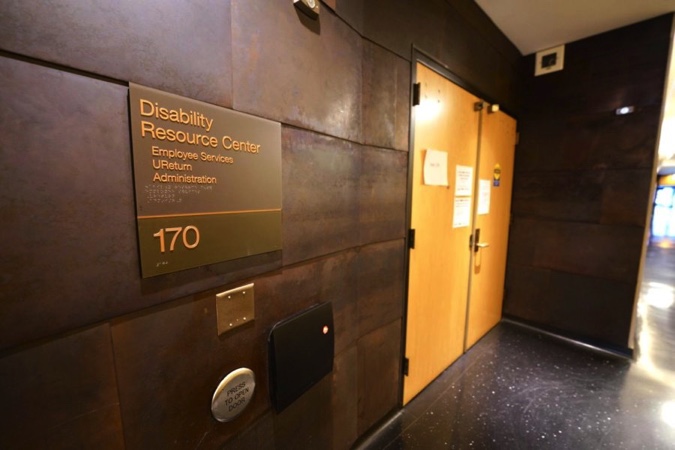
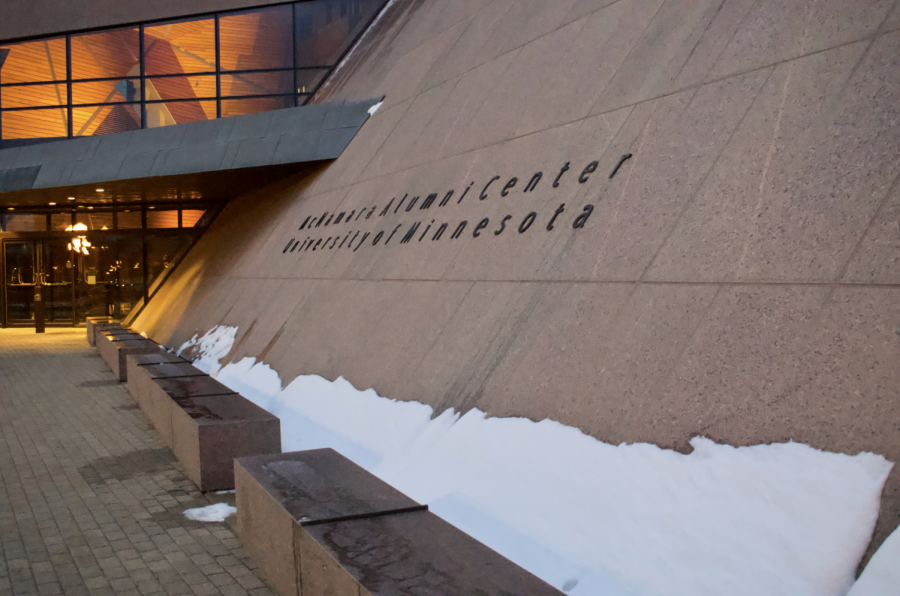
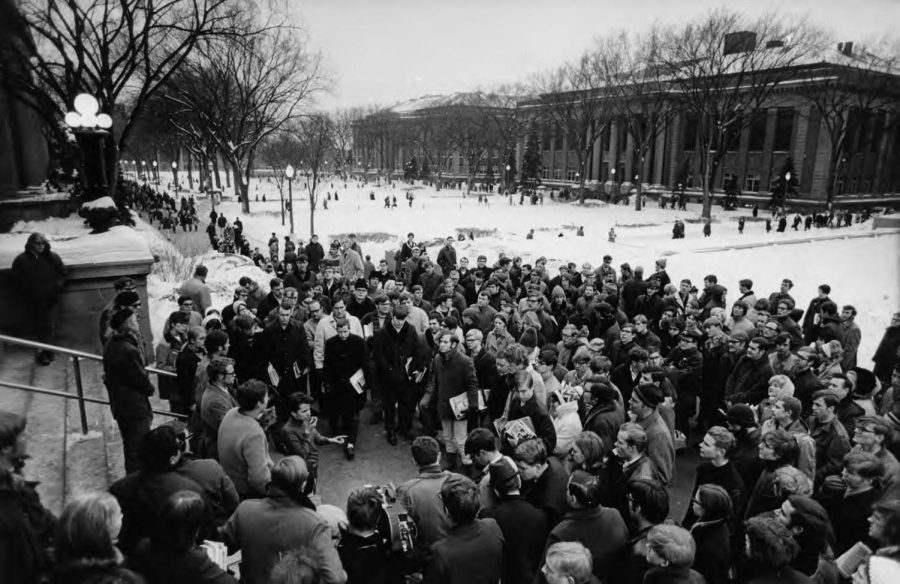
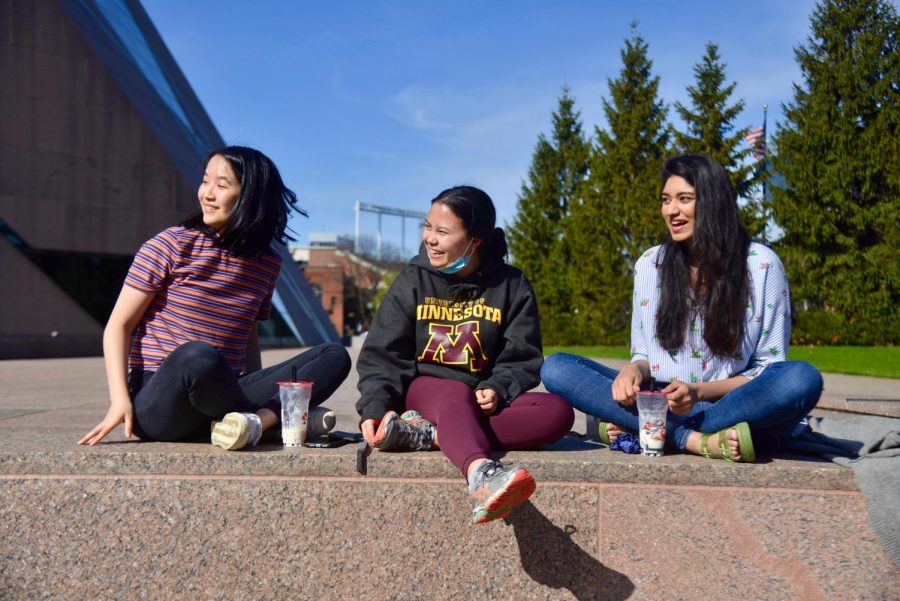
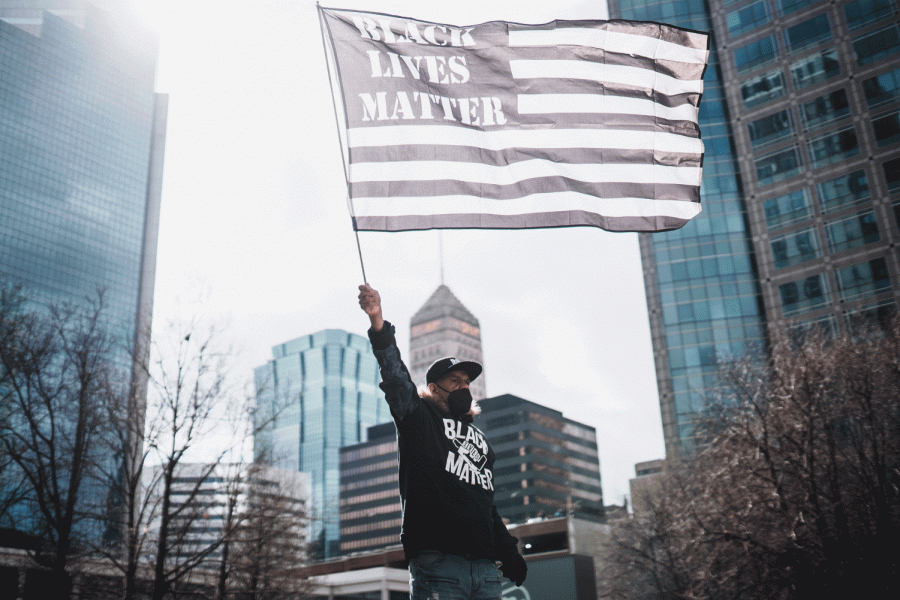




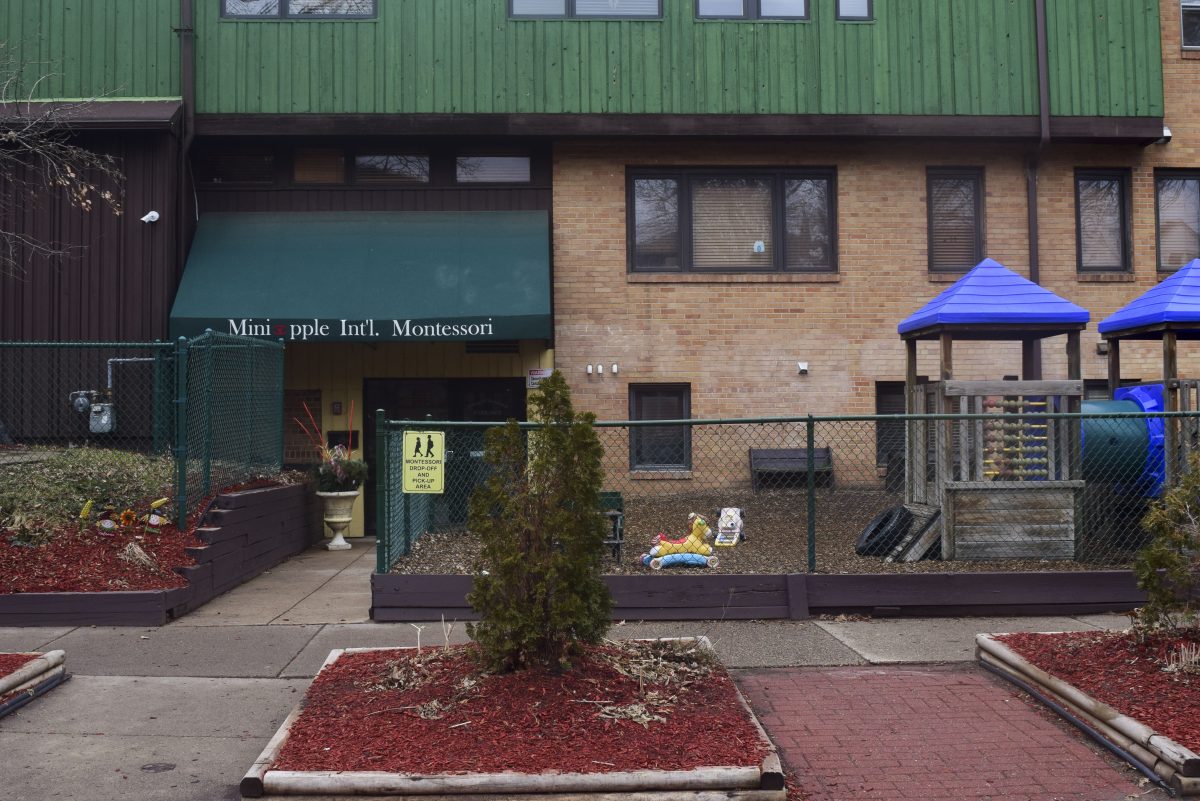
![Gwyn, Macy, Daniel, and Nora [pictured left to right] brave the sub-zero windchill on an icy afternoon to skate together in Van Cleve park. The park, located just north of Dinkytown in Como, becomes a popular winter activity hub for students and nearby residents each year when the park’s fields are frozen to create a public ice skating rink.](https://mndaily.com/wp-content/uploads/2024/01/FzDx2ZjdXLtO33r1j1atrf7jrtQtocs9vnp8k2AT-2-1200x801.jpeg)






